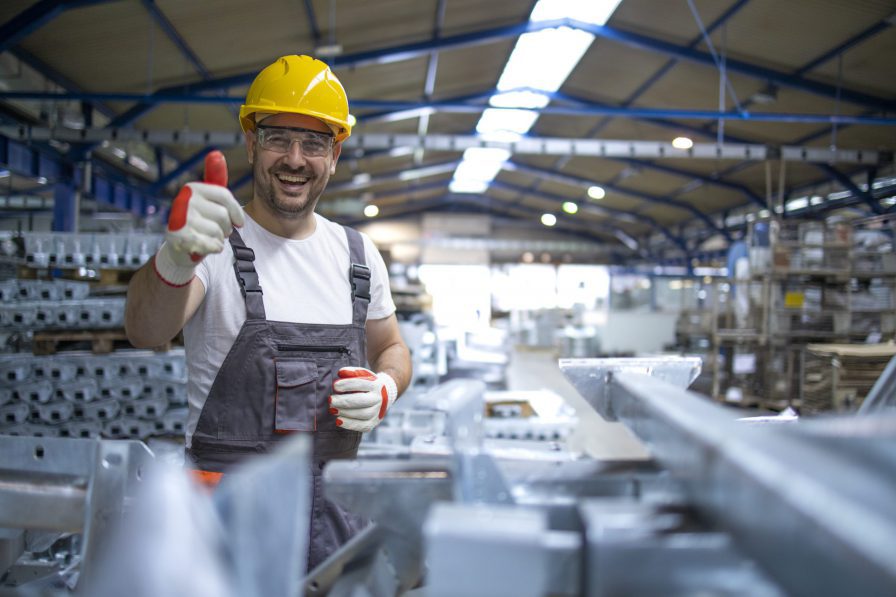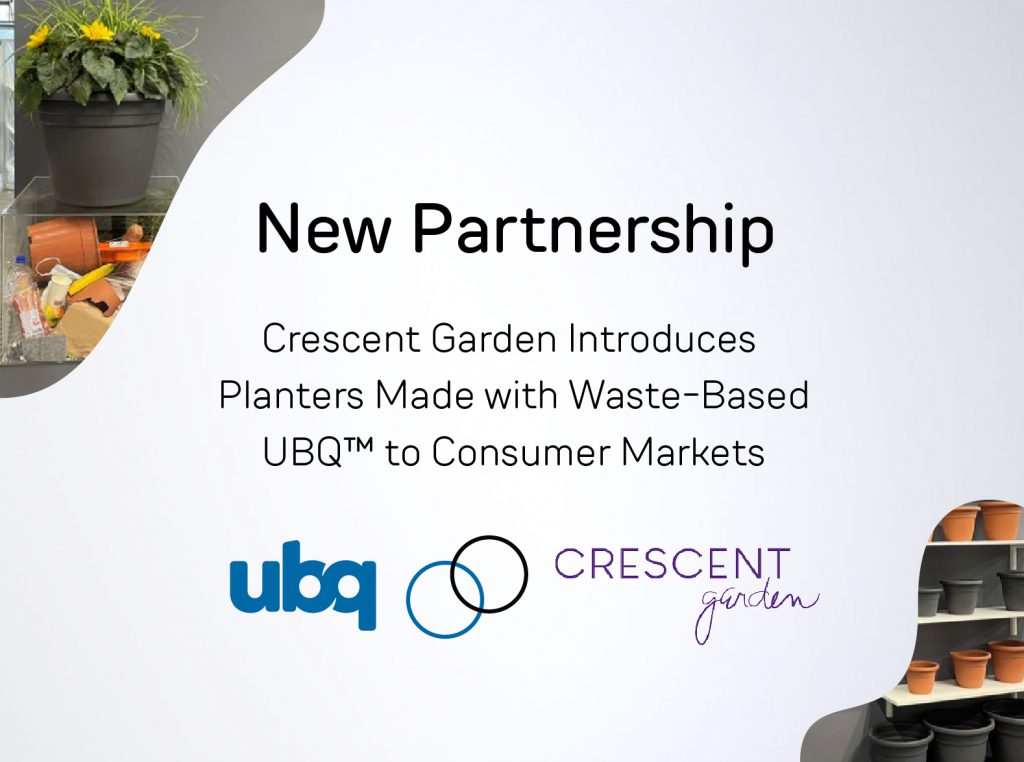Each day, humans produce at least 3.5 million tons of plastic and other solid waste. That’s ten times the amount generated a century ago. The World Bank estimates yearly waste generation, if not checked, will increase from 2 billion to 3.40 billion tons by 2050. Landfill waste in the U.S. alone is estimated to be nearly 140 million tons, including 27 million tons of plastic and 31 million tons of food, the most common material found in landfills.
It’s no wonder, then, that scientists and other experts continue to study landfill waste problems like their effect on the environment, ways to reduce landfill waste, and what can be produced from landfill waste.
How Manufacturers Can Help Eliminate Landfills
Recycling or upcycling is the most apparent and well-known alternative to landfills. Other solutions in use today include waste-to-energy incineration, anaerobic digestion, composting, and organic waste recycling.
Another way to reduce landfill problems is to divert waste entirely. Along with plastics and other household trash, organic materials like food waste and yard scraps that typically end up in landfills can now be used to produce renewable raw materials like UBQ™, a biobased thermoplastic that replaces oil-based plastics.
Implementing UBQ™ Throughout the Supply Chain
UBQ’s innovative waste conversion technology converts all types of unsorted household waste into a sustainable plastic substitute. Through a patented waste conversion process, UBQ can divert unsorted waste from landfills and turn it into a drop-in material that can be used in existing manufacturing systems. In simpler terms, UBQ’s process takes common household and food waste such as plastic packaging, banana peels, dirty diapers, and other materials deemed unrecyclable and converts it into a valuable raw material.
Manufacturers use this alternative thermoplastic to create various everyday products for logistics, retail, food and beverage, automotive, 3D printing, within other industries.
The UBQ™ material is already being used in a broad range of products, including:
- Shipping pallets for PepsiCo and ABinBev.
- Food trays for Arco Dorados, the world’s largest independent McDonald’s franchisee. As of early 2021, the trays are being used in 30 cities in 20 Brazilian restaurants.
- Lightweight, sustainable raw material with metallic functionalities from Polymertal.
- Lifestyle products from worldwide retail solutions provider Mainetti.
- Automotive parts for Mercedes-Benz, including sustainable cargo bays.
- Resin-based home products from Rimax, such as dog houses and litter boxes.
- 3D printing filaments, together with Plastics App, with a lower carbon footprint for use in functional parts.
The Benefits of Responsible Manufacturing
Humans always have and likely always will produce waste. When landfills were first introduced in the early 1900s, they were seen as a sustainable substitute for open dumps and other unsanitary waste disposal practices. By the 1960s, they gained wide use and to this day continue to handle non-hazardous municipal solid waste, some industrial wastes, and other types of refuse. Modern landfills are highly engineered facilities designed to isolate waste from the environment.
Responsible manufacturing comes with many benefits, including diverting waste from landfills. By doing so, manufacturers are:
- Conserving space in existing landfills and reducing the need for new facilities.
- Reducing pollution and energy consumption caused by the manufacturing of new materials.
- Minimising the effects of hazardous substances and greenhouse gas emissions (GHGs).
Why Zero-Waste Matters
The U.S. Environmental Protection Agency (EPA) defines zero-waste in several ways, including as a process that maximizes diversion from landfills while reducing waste at the source.
Achieving zero waste often calls for radical changes in manufacturing and packaging, product use (recycled, recyclable, and sustainable products), and disposal practices, i.e., recovery or landfilling.
While governments and manufacturers have enormous roles to play in creating a zero-waste environment, consumers can also have an impact by:
- Buying consciously.
- Demanding transparency for sustainable, climate-positive products.
- Following responsible disposal practices at home.
Ultimately, a zero-waste environment requires considering both upstream (everything that went into production) and downstream (what happens to a product after it’s disposed of). With the use of alternative materials, manufacturers can stop extracting natural resources and move from a linear system to a closed-loop economy.
From Landfill Waste to Green Solutions
UBQ™ is a clean, sustainable, and cost-effective solution to the global landfill problem and is already playing a vital role in creating a zero-waste world. Get in touch with us today to learn more.


